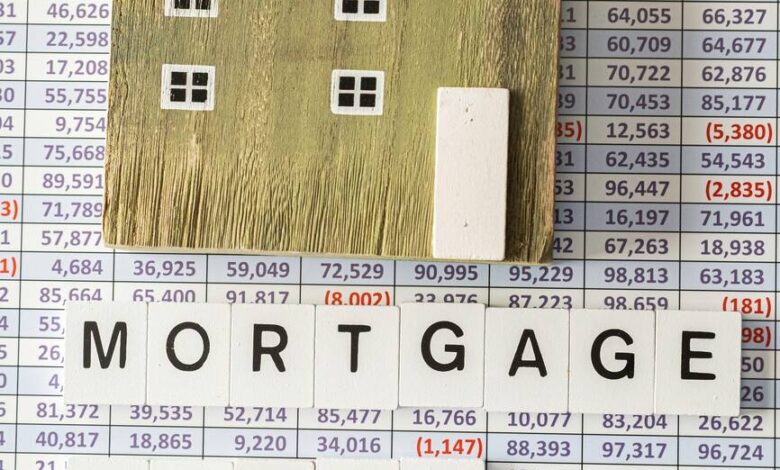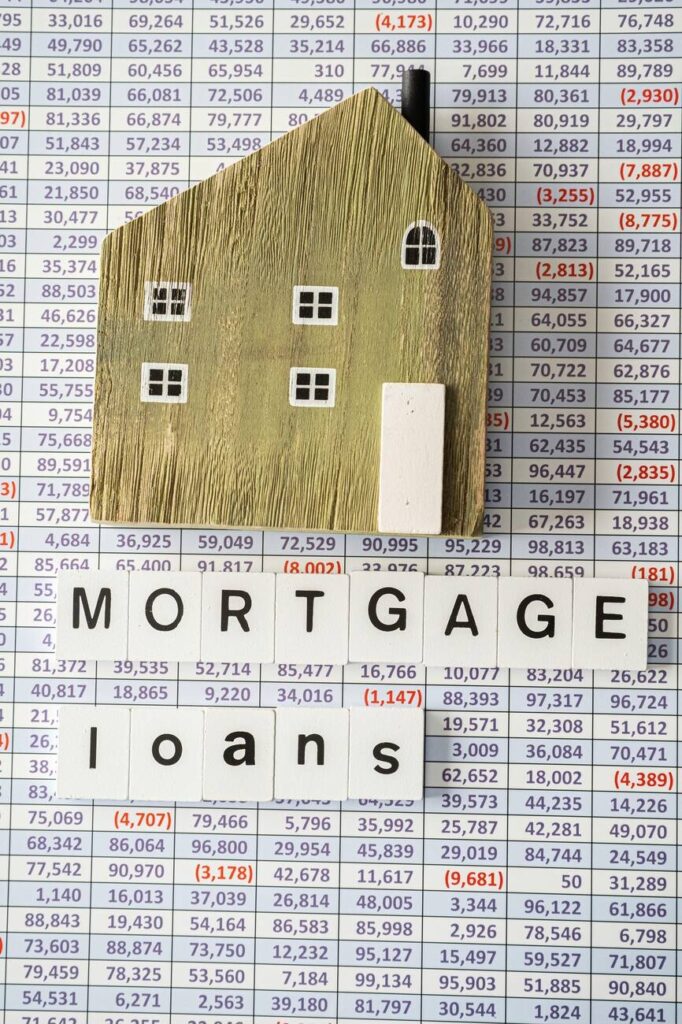Unlocking Home Equity: A Comprehensive Guide to Reverse Mortgage Loans

As retirement approaches, many seniors find themselves in search of financial solutions that can enhance their quality of life, cover medical expenses, or simply provide a cushion for their golden years. For homeowners aged 62 and older, a reverse mortgage loan can be a powerful tool to unlock the equity in their homes without selling the property. In this comprehensive 4,000-word article, we will dive deep into the world of reverse mortgage loans. We’ll explore what they are, how they work, the types available, eligibility criteria, application process, benefits, risks, and key considerations. By the end of this guide, you’ll have a thorough understanding of reverse mortgage loans and be well-equipped to make informed decisions about whether they are the right financial solution for your retirement needs.

Section 1: Understanding Reverse Mortgage Loans
1.1. Reverse Mortgage Loan Overview
Provide a comprehensive introduction to reverse mortgage loans, including their purpose, key features, and how they differ from traditional mortgages.
1.2. Key Terms and Concepts
Define essential terms and concepts associated with reverse mortgage loans, such as home equity, principal limit, and loan balance.
Section 2: Types of Reverse Mortgage Loans
2.1. Home Equity Conversion Mortgages (HECMs)
Discuss the most common type of reverse mortgage, HECMs, including their features, government backing, and eligibility criteria.
2.2. Proprietary Reverse Mortgages
Explain proprietary reverse mortgages, also known as jumbo reverse mortgages, and how they differ from HECMs, emphasizing their benefits and limitations.
Section 3: Benefits of Reverse Mortgage Loans
3.1. Supplementing Retirement Income
Highlight how reverse mortgage loans can provide a reliable income stream, allowing retirees to cover expenses and maintain their lifestyle.
3.2. Staying in Your Home
Discuss the significant advantage of being able to stay in your home for as long as you wish, even after obtaining a reverse mortgage loan.
3.3. Flexibility in Payout Options
Explain the various payout options available to reverse mortgage borrowers, including lump-sum payments, lines of credit, and monthly installments.
Section 4: Eligibility and Requirements
4.1. Age and Homeownership
Explain the age requirement (usually 62 or older) and the necessity of owning a qualifying home.
4.2. Financial Assessment
Discuss the financial assessment process used to determine your ability to meet ongoing expenses like property taxes and insurance.
4.3. Mandatory Counseling
Highlight the importance of completing a mandatory counseling session to ensure that potential borrowers fully understand the terms and implications of a reverse mortgage loan.
Section 5: The Reverse Mortgage Loan Application Process
5.1. Finding a Reputable Lender
Provide guidance on how to find a reputable reverse mortgage lender experienced in these unique loans.
5.2. Application Steps
Walk through the application process, from initial inquiries and document gathering to submitting the application to your chosen lender.
Section 6: Costs and Fees
6.1. Upfront Costs
Detail the upfront costs associated with reverse mortgage loans, such as origination fees, closing costs, and mortgage insurance premiums.
6.2. Ongoing Costs
Explain the ongoing costs, including servicing fees, property taxes, homeowners insurance, and maintenance responsibilities.
Section 7: Risks and Considerations
7.1. Loan Balance Accumulation
Discuss the potential for the loan balance to increase over time due to accruing interest, which can affect borrowers and heirs.
7.2. Impact on Heirs
Explain how a reverse mortgage loan might impact your heirs’ inheritance and potential strategies to mitigate these effects.
Section 8: Repayment and Scenarios
8.1. Repayment Scenarios
Discuss the different scenarios that trigger repayment of the reverse mortgage loan, such as moving out of the home or passing away.
8.2. Loan Payoff Options
Explain the options available to borrowers or their heirs to repay the reverse mortgage loan, including selling the home, refinancing, or using personal funds.
Section 9: Safeguards and Consumer Protections
9.1. Government Regulations
Discuss the regulatory framework surrounding reverse mortgage loans, including requirements set by the Federal Housing Administration (FHA) for HECMs.
9.2. Protections for Borrowers
Explain the safeguards in place to protect reverse mortgage loan borrowers, such as mandatory counseling, non-recourse provisions, and limits on fees.
Section 10: Making Informed Decisions
10.1. Assessing Your Needs
Provide guidance on how to evaluate whether a reverse mortgage loan aligns with your financial goals and retirement plans.
10.2. Seeking Professional Advice
Highlight the importance of consulting with qualified financial advisors, housing counselors, and legal professionals before committing to a reverse mortgage loan.
Section 11: Conclusion
A reverse mortgage loan can be a valuable financial tool for retirees looking to tap into their home equity while maintaining their home and financial independence. By understanding the mechanics, benefits, eligibility criteria, and potential risks associated with reverse mortgage loans, you can make informed decisions about whether this financial solution is the right fit for your retirement needs. Remember, a well-planned reverse mortgage loan can provide financial security and peace of mind, allowing you to enjoy your retirement years on your terms.



